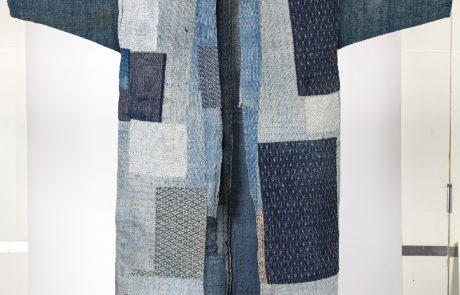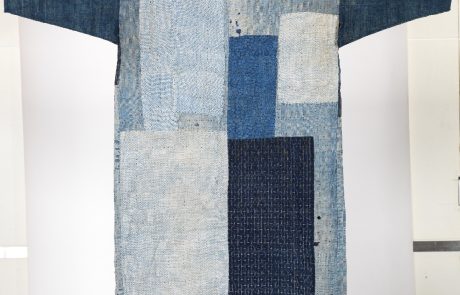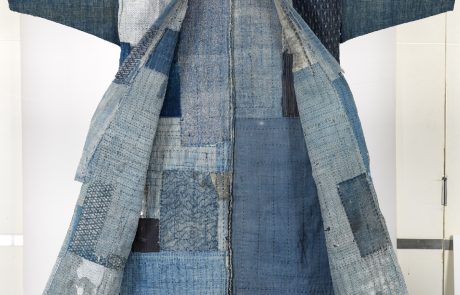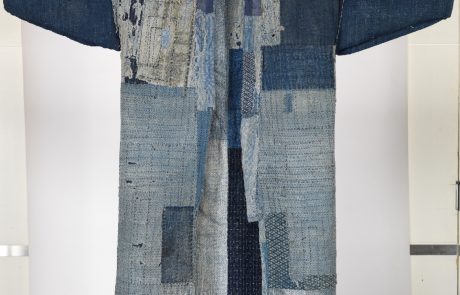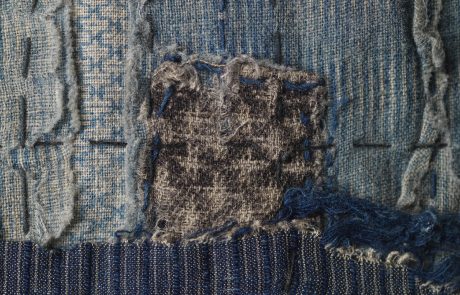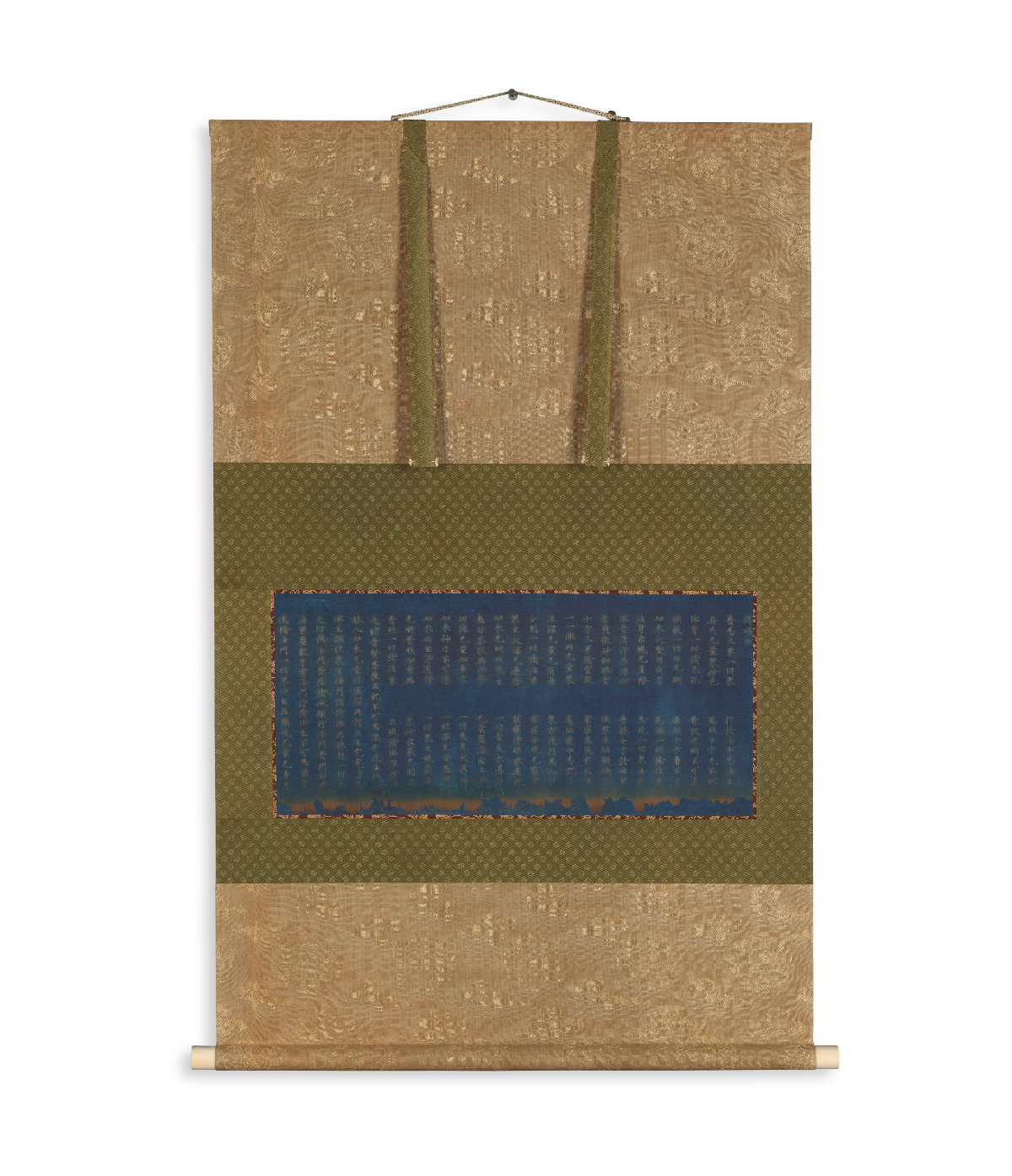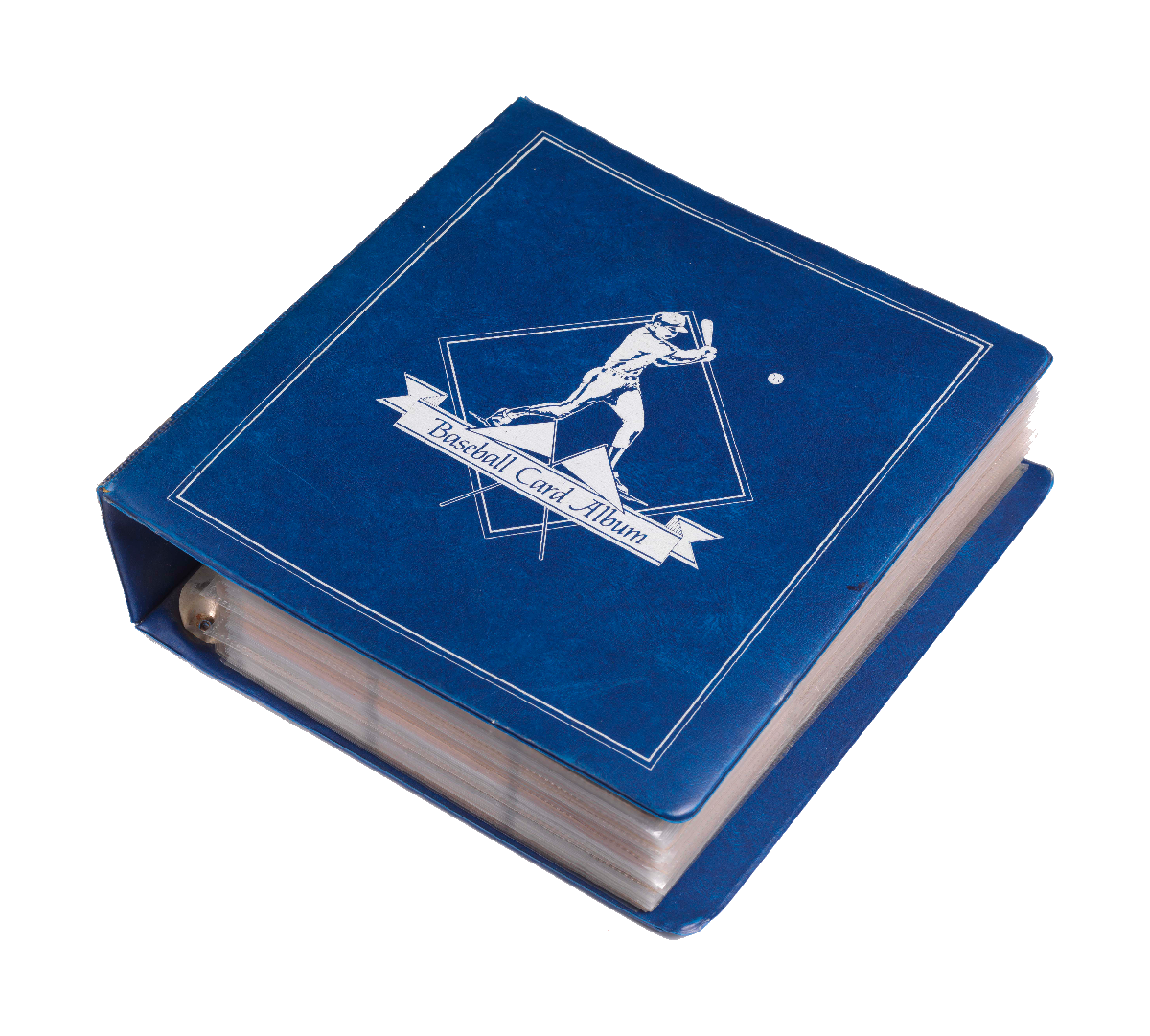Boro Kimono
Boro Kimono, early 20th century
Unknown maker, Japan
Indigo-dyed cotton patches, sewn and darned, 48 x 49 in. (121.9 x 124.5 cm)
Mended, date(s) unknown
Courtesy Stephen Szczepanek, Sri, Brooklyn, NY
This early twentieth-century kimono is representative of a longstanding Japanese folk textile tradition of reuse and mending that has come to be called boro, after boroboro, a Japanese term meaning “tattered” or “worn.” In nineteenth-century rural Japan, no material was wasted. People living in impoverished regions repurposed worn rags and pieces of cloth, stitching them into everyday garments and textiles to mend and re-mend over time. This kimono includes moiré-patterned cloth pieces (kumanozome), which required meticulous craftsmanship and some expense to produce, and indigo ikat (kasuri) patches produced in the early twentieth century.
Read More
Boro Kimono
Ellen Enderle
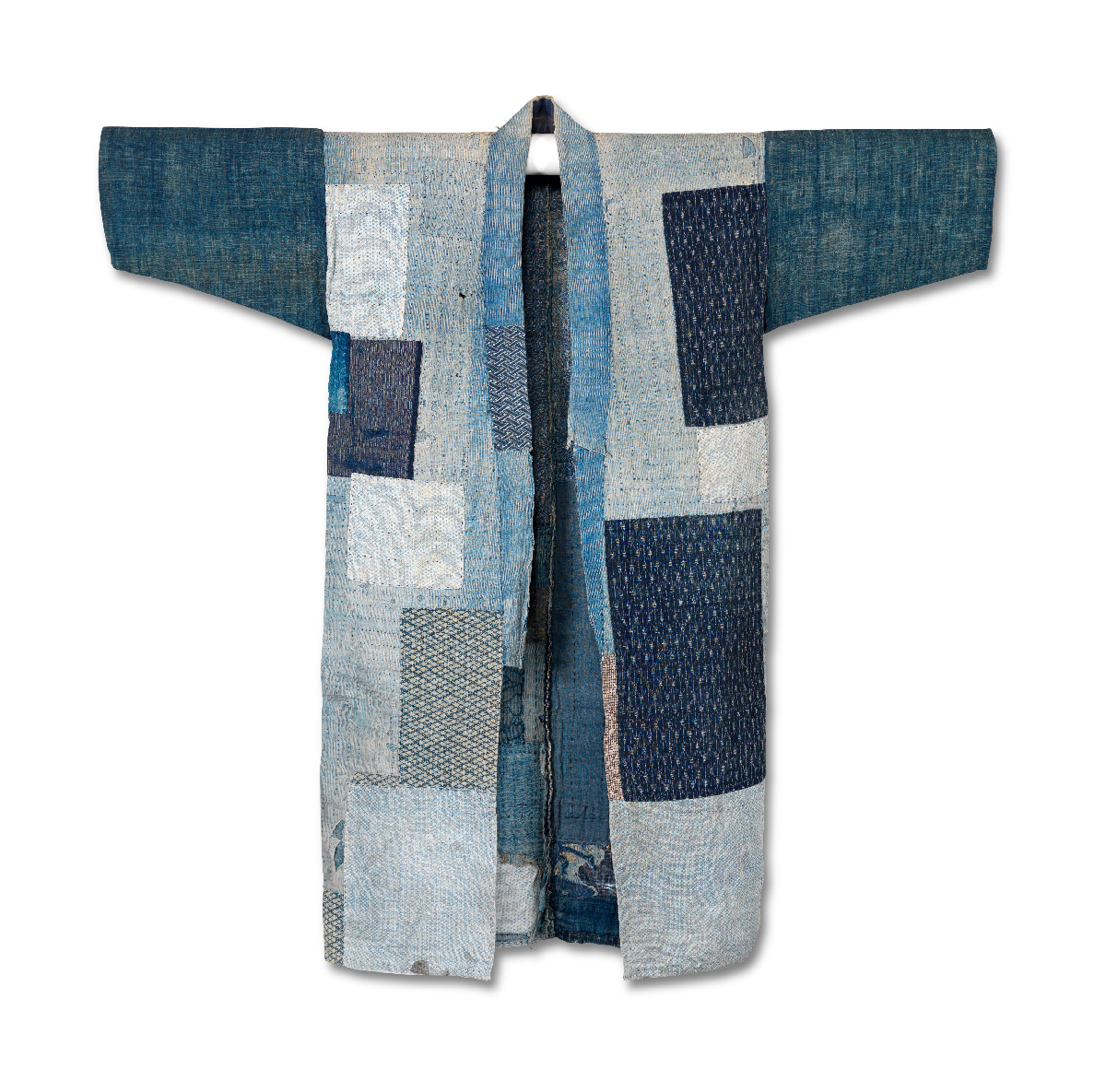
Click thumbnail images to view slideshow
See other items in What is Conservation?


